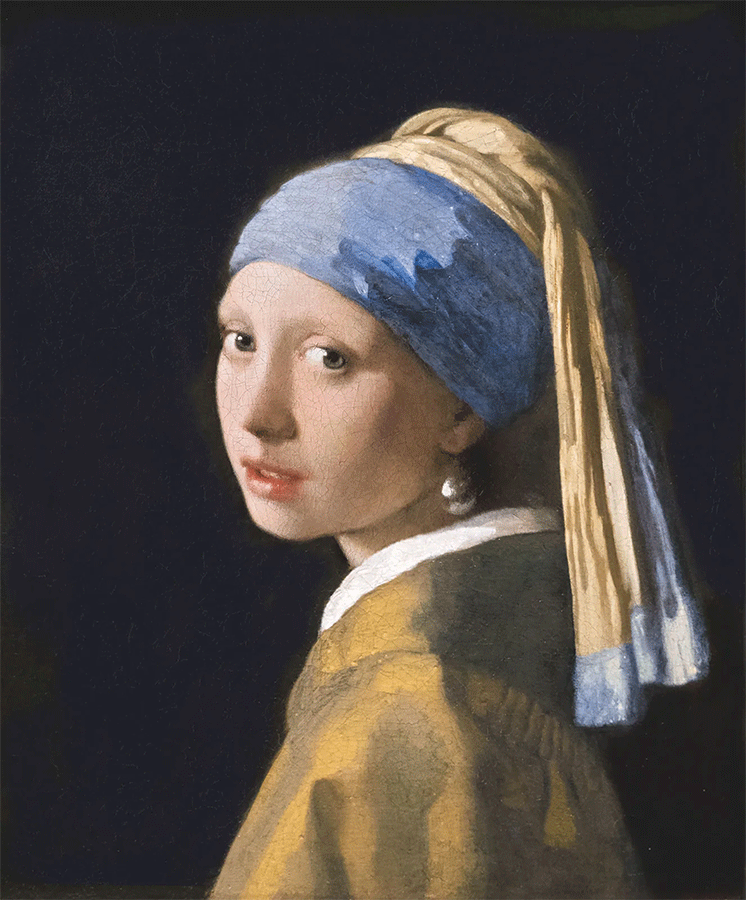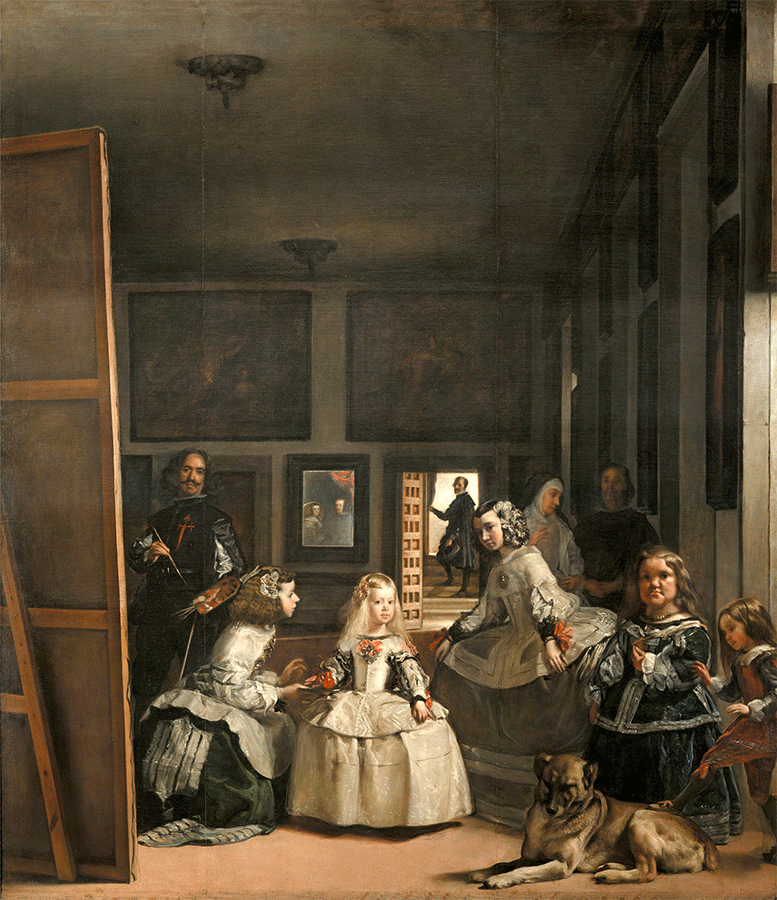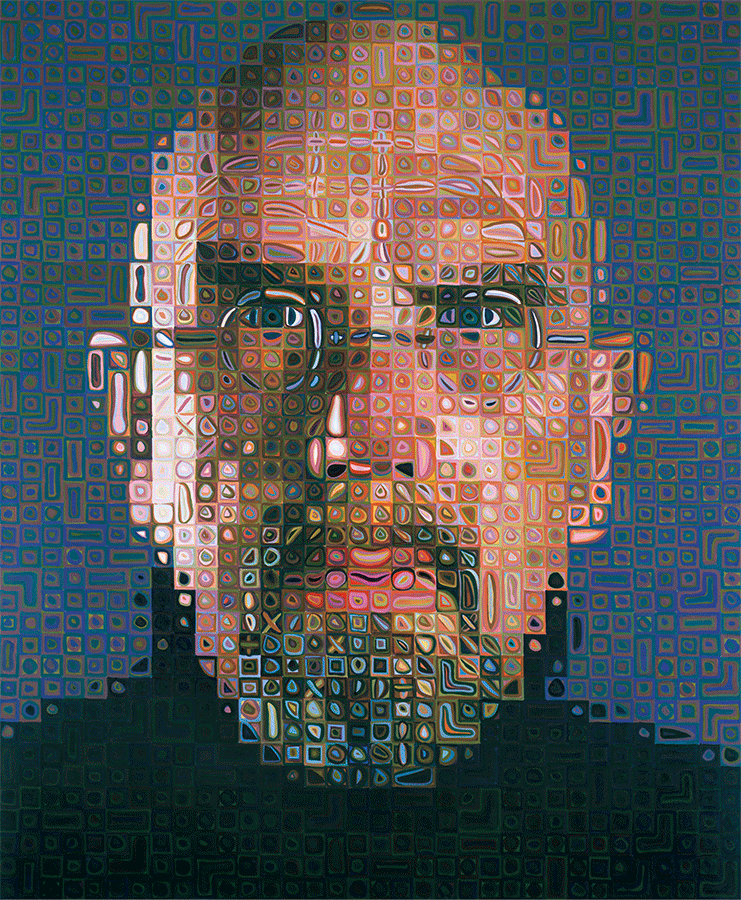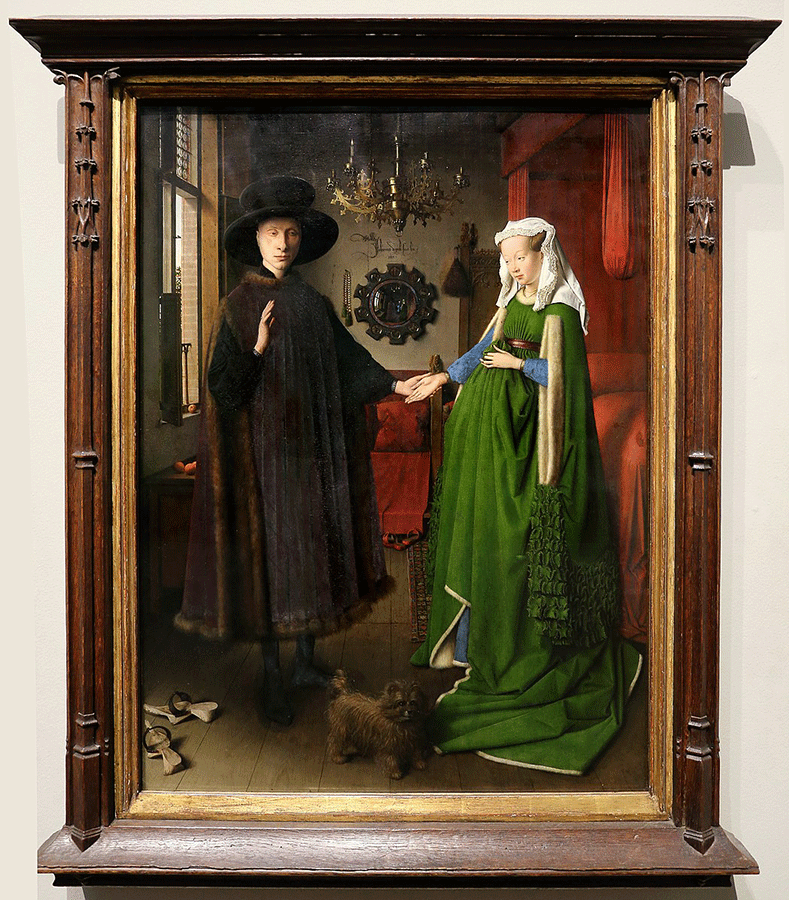Secrets of Great Portraits
What Makes a Portrait Truly Great?
Portraiture is like wine; some of it just gets better with time, while others—well, let’s just say they might be better left in the cellar. From the Renaissance to our Instagram-filtered present, portraits have held a mirror to humanity, seeking to capture the essence of an individual; telling stories that go further than simple representation.
But what stars need to align to transcend the superficial, reveal something deeper about the subject, and set a portrait apart as truly great?
Let’s break it down.
Can an Expression Capture the Subject’s Inner World?
At the heart of a great portrait lies the ability to capture the subject’s inner world—the best portraits catch those fleeting moments when the mask slips, and we see something real—something human. But catching that mask slipping is elusive; a rare fish caught once in a blue moon.
As the great American photographer Irving Penn once noted, “Sensitive people faced with a portrait put on a face they think is the one they’d like to show the world; but what lies behind the façade is usually rare and more wonderful than the subject knows or dares to believe.” (1974)
When my grandfather Mac turned 12, he was given the keys to a two-ton tractor and asked to till the land—this was the 1930s, after all, and child labour laws were more like polite suggestions. It was hard work, but a hugely important rite of passage too. The story became part of his legacy along with his Air Force service in World War 2, the time his plane was shot down over New Guinea, the weeks he spent living with a hunter-gatherer tribe until his crew was rescued, the successful business he started when he returned, and the alcoholism that almost undid everything. His portrait has underpinned the nexus of his story in my family, and provided a beacon for passing down his life's lessons.
Legacy is an undervalued concept in our culture. In our collective effort to live in the present moment, I think we neglect how our present actions echo into the future. A great portrait is an axis for sharing legacy; its existence extends a curious question to future generations.
If we visited the National Portrait Gallery in London, we’d notice that when an artist chooses a facial expression to portray, they choose one with a sense of duality, or mystery. The key component is simple – do we wonder what the person is thinking?
Great portraits invite conversation.
How Does Composition Tell a Story?
Composition in a portrait should be viewed less like a snapshot, and more like a scene from a movie. It’s not just about where the subject is placed, but how everything else around them interacts. This is where the art of composition, honed over centuries by masters like Caravaggio and Rembrandt, comes into play.
Whether through the use of light and shadow, the arrangement of objects, or the positioning of the subject within the frame, artists guide the viewer’s eye and convey meaning.
In classical portraiture, artists often used techniques like the "golden ratio" or "rule of thirds" to create a balanced and aesthetically pleasing composition. But beyond these mathematical approaches, the best portraits also incorporate elements of narrative composition; considering not just the subject but their surroundings, the lighting, and even the angle of depiction. Diego Velázquez’s Las Meninas cleverly plays with perspective, placing the viewer in the position of the king and queen, who are being painted by Velázquez himself. This adds layers of meaning to the portrait, transforming it into a narrative tableau.
That’s the power of composition.
What Role Does Nuance Play in Portraiture?
Nuance is the skill that makes you pause, lean in, and maybe even squint a little. It’s in the details—the texture of the skin, the glint in the eye, the way light plays off fabric. But it isn’t just about technical skill; it’s about using those details to enhance the narrative and emotional impact of the portrait.
Think about Vermeer and Titian, masters of nuance capturing the smallest details with painstaking precision to create lifelike images that seem to glow from within. In modern portraiture, nuance might come through hyper-realism or abstract techniques, but the goal remains the same: to draw the viewer in with subtle details that tell the subject’s story.
What’s the Right Balance of Accuracy vs Interpretation?
Nobody wants to look like they were just copied and pasted onto a canvas. Whether through bold brushstrokes, unconventional colour palettes, or experimental techniques, the artist’s interpretation makes the portrait more than just a mirror of reality.
Chuck Close is a brilliant example of this. Known for his photorealistic and later pixelated portraits, Close used a grid system to deconstruct and then reconstruct his subjects. The result is a portrait that is both highly detailed and abstract, reflecting his unique vision and challenges with face blindness (prosopagnosia). His work demonstrates how a portrait can be both an accurate depiction of the subject and a creative interpretation.
Do all Portraits have Legacy Potential?
Portraits are often commissioned to preserve a legacy, to be remembered for generations, but only the best will truly succeed. What makes a portrait endure, remaining as powerful and relevant years—or even centuries—later?
Let’s explore a classic example: The Arnolfini Portrait by Jan van Eyck. Painted in 1434, this portrait of Giovanni di Nicolao di Arnolfini and his wife has captivated viewers for centuries. It's not just the incredible detail—the lush textures, the play of light on fabric, the mirror reflecting the room behind the couple—that makes it stand out. It's the layers of meaning embedded within the image. This portrait has sparked debates and discussions about the symbolism within it—what does the dog represent? The joined hands? The mysterious figure in the mirror? It’s a portrait that invites viewers to step into the world of the subjects, to ponder their story, and to connect with them across time.
Tips for Finding a Great Portrait Artist
1. Look for Emotional Depth in their work
If the subject’s expression doesn’t make you pause and wonder what’s going on in their head, it’s probably not the one.
2. Examine their Composition
Don’t just settle for a pretty face. Look for portraits that use light, shadow, and placement to tell a story. If the composition pulls you in and makes you feel like you’re part of the scene, that’s a winner.
3. Notice the Nuance
It’s all in the details. The texture of the skin, the way light dances across the subject—these small elements are what elevate a portrait from “nice” to “wow.”
4. Consider the Artist’s Interpretation
A great portrait expertly balances accuracy with artistry. Look for pieces where the artist’s style adds something special, giving you more than just a mirror of the subject.
5. Think About Legacy
Will this work still resonate years down the line? What stories will people tell about their work in years to come to ensure is remains relevant and cherished for generations.
Have a great weekend,
Richard
Founder
Featured Posts
-

Some Ideas About Investing
Investing in art can seem like diving into a bo... -
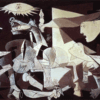
Artspeak, Simplified
Three N's: Nuance, Novelty, and Narrative. Thes... -

RAD Friday #30
Lots to share today. In the last month...
